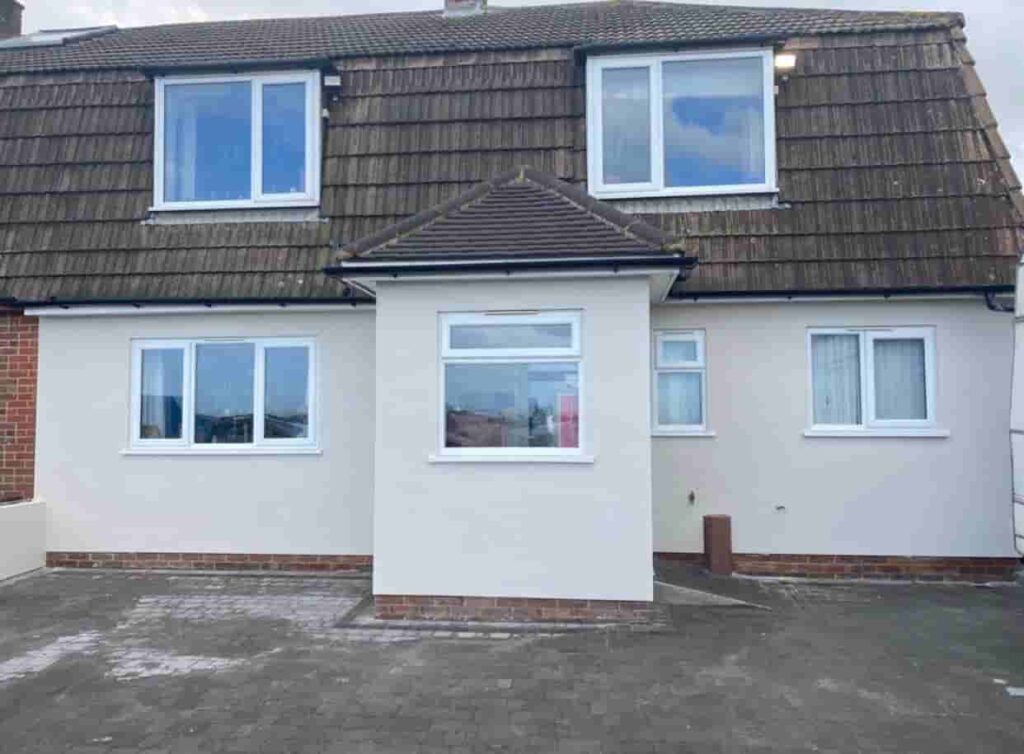How to Address Structural Issues with Flat Roofs
Introduction: Flat roofs are a popular choice for many buildings in the UK, offering a sleek, modern appearance and efficient use of space. However, like all roofing systems, flat roofs can develop structural issues over time. For homeowners and property managers in Cudworth, understanding how to identify and address these problems is crucial to maintaining the integrity and longevity of your flat roof. In this blog post, we will explore common structural issues with flat roofs and provide practical solutions to address them.
Common Structural Issues with Flat Roofs
- Water Pooling: Flat roofs, due to their minimal slope, are prone to water pooling. Standing water can lead to leaks, structural damage, and the growth of mould and algae.
- Membrane Damage: The roofing membrane is the primary waterproof barrier. Damage from UV rays, foot traffic, or debris can compromise its integrity, leading to leaks.
- Blistering and Cracking: Blisters and cracks can form due to trapped moisture, poor installation, or age. These can expand over time, causing significant damage.
- Sagging: Excessive weight from water pooling or heavy equipment can cause the roof to sag, indicating structural weakness.
- Insulation Issues: Poor or damaged insulation can lead to energy inefficiency and increased heating costs, as well as potential moisture problems.
How to Address Structural Issues
1. Regular Inspections
Regular inspections are the first line of defence against structural issues. Conduct thorough inspections at least twice a year and after severe weather events. Look for signs of water pooling, membrane damage, blisters, cracks, and sagging.
2. Address Water Pooling
- Improve Drainage: Ensure that the roof has adequate drainage systems, such as gutters and downspouts, to prevent water pooling. Installing additional drains or scuppers can also help.
- Re-Slope the Roof: In some cases, re-sloping the roof may be necessary to ensure proper water runoff. This can be achieved by adding a slight gradient during a roof resurfacing project.
3. Repair Membrane Damage
- Patch Repairs: Patching kits designed for the specific membrane material (e.g., EPDM, TPO, or PVC) can repair small areas of damage.
- Full Replacement: If the membrane is extensively damaged or nearing the end of its lifespan, a full replacement may be necessary. This involves removing the old membrane and installing a new one.
4. Fix Blisters and Cracks
- Cut and Repair: For small blisters, carefully cut them open, allow the trapped moisture to dry, and then reseal the area with appropriate roofing material.
- Resurface the Roof: If the roof has extensive blistering and cracking, consider resurfacing it. This involves applying a new layer of roofing material over the existing surface.
5. Address Sagging
- Reinforce the Structure: Reinforcing the underlying structure can address sagging. This may involve adding additional support beams or joists to strengthen the roof.
- Remove Excess Weight: Identify and remove any excess weight on the roof, such as debris or heavy equipment, to alleviate stress on the structure.
6. Improve Insulation
- Add or Replace Insulation: Ensure that the roof has adequate insulation to prevent heat loss and moisture buildup. Replace any damaged or inadequate insulation with high-quality materials.
- Install a Vapour Barrier: A vapour barrier can help prevent moisture from entering the insulation, reducing the risk of mould and structural damage.
Preventative Measures
- Regular Maintenance: Schedule regular maintenance checks with a professional roofing contractor to identify and address issues before they become major problems.
- Keep the Roof Clean: Regularly remove debris, leaves, and other materials from the roof surface to prevent water pooling and damage.
- Invest in Quality Materials: Use high-quality roofing materials and ensure proper installation to enhance the durability and longevity of your flat roof.
Conclusion: Addressing structural issues with flat roofs is essential to maintaining the safety and integrity of your property. By conducting regular inspections, addressing water pooling, repairing membrane damage, fixing blisters and cracks, reinforcing the structure, and improving insulation, you can extend the lifespan of your flat roof and prevent costly repairs.
Call us on: 01226 445 195
Click here to find out more about DHT Roofing Cudworth
Click here to complete our contact form and see how we can help you with your roofing needs.

